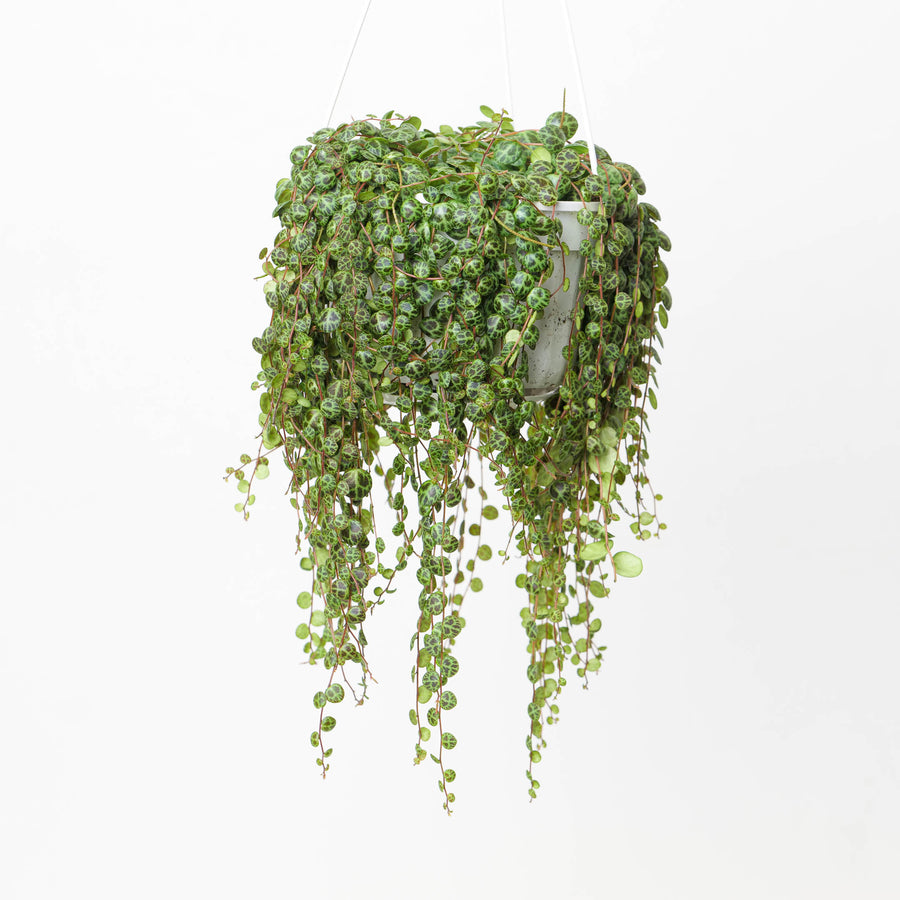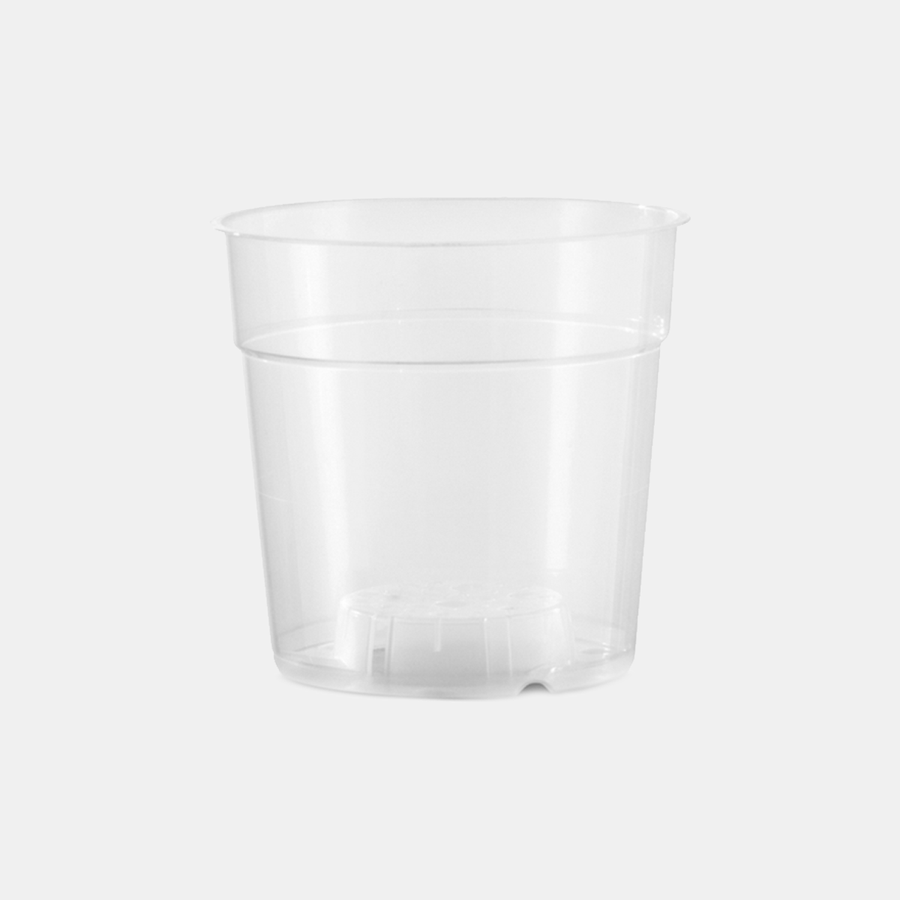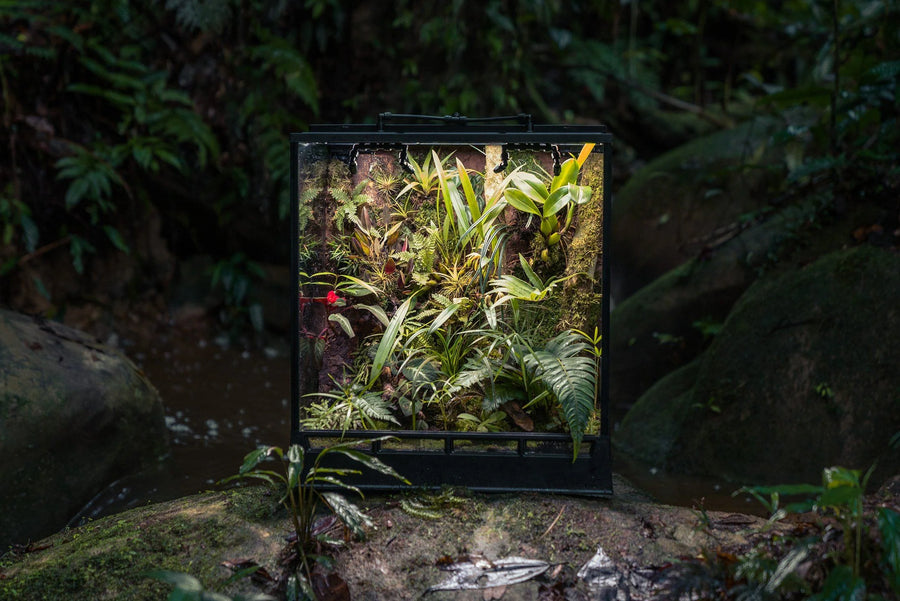Aphids on Your Houseplants? Here's How to Manage Them
Aphids are one of the most persistent nuisances for gardeners, whether you’re tending to your cherished houseplants or maintaining a vegetable patch. These tiny, sap-sucking insects—often seen as greenfly or even darker black variants—can rapidly multiply and cause serious damage if left unchecked. In this extensive guide, we’re going to explore every facet of aphid management using natural, non-chemical methods. We’ll look at the biology of aphids, the signs of infestation, and a host of practical, eco-friendly solutions to keep your plants thriving.

Aphid lifecycle
1. Understanding Aphids: Biology, Identification, and Life Cycle
What Are Aphids?
Aphids are small, soft-bodied insects that feed by sucking the sap from plants. They appear in a variety of colours—from pale green (commonly known as greenfly) to darker, almost black forms (referred to as blackfly), and even some species with a woolly, white coating (Wolly Aphids). Despite their diminutive size, aphids are formidable pests. Their pear-shaped bodies, ability to hide in new leaves, and rapid reproductive rates make them a challenge for both novice and experienced houseplant enthusiasts alike.
How to Spot an Aphid Infestation
Identifying aphids early can make a significant difference in how effectively you can control them. Look out for:
-
Clusters of small insects on the undersides of leaves or along new unfurling leaves.
-
Curled or discoloured leaves—a result of the plant’s response to the loss of sap.
-
White Aphid Skeletons - Aphids shed their skins, leaving behind white skeletons on the leaves
-
Sticky residue (honeydew): Aphids excrete a sugary substance that can lead to the growth of sooty mould, further hindering plant health.
The Aphid Life Cycle
Aphids have an incredibly rapid life cycle, which is one of the main reasons why a minor infestation can quickly become a major problem:
-
Nymph Stage: Newly born aphids (nymphs) start feeding almost immediately. They are essentially smaller versions of the adults and grow rapidly.
-
Adult Stage: Once mature, aphids continue to feed and reproduce. Many species reproduce asexually through parthenogenesis—meaning that females can produce live young without mating. This leads to explosive population growth.
-
Winged Forms: When conditions become stressful, such as when a plant is overcrowded or undernourished, some aphids develop wings. These winged aphids can fly to new plants, spreading the infestation across your collection in no time.
Understanding this life cycle is crucial: by monitoring your plants regularly, you can intervene at an early stage before the numbers spiral out of control.
2. The Impact of Aphids on Plant Health
Direct Damage to Plants
Aphids are more than just a visual nuisance. Their feeding habits have several direct impacts on plant health:
-
Nutrient Depletion: As aphids suck away essential sap, plants can become weak and stunted. This loss of nutrients often results in poor growth and reduced yield.
-
Leaf Discolouration and Deformation: Infected leaves may turn yellow, curl up, or display a crinkled texture. This is particularly noticeable on tender houseplants, as well as on vegetables like tomatoes and chillies.
-
Fruit and Flower Damage: Aphid infestations can lead to a reduction in both the quality and quantity of fruits and flowers produced, impacting not only aesthetics but also fruit production.
Indirect Consequences
Beyond the direct physical damage, aphids can also pave the way for secondary issues:
-
Honeydew and Sooty Mould: The sticky honeydew secreted by aphids creates a perfect environment for fungal growth. Sooty mould can cover leaves, blocking sunlight and further reducing the plant’s ability to photosynthesise.
-
Disease Transmission: Aphids can act as vectors for plant viruses. When they move from one plant to another, they may transmit diseases that weaken or even kill plants over time.
3. Natural Aphid Control Methods: Expert Advice and Practical Solutions

Natural Ladybird Predator
When it comes to managing aphids without chemicals it's important to choose methods that are both gentle on your plants and kind to the environment. Here are some tried-and-tested natural remedies.
3A. Homemade Sprays
One of the most popular and accessible methods is to create a homemade spray that targets aphids directly. These solutions can be tailored to your needs and are often the first line of defence.
1. Soapy Water Spray
A classic remedy involves mixing water with a few drops of mild dish soap. This solution works by breaking down the protective outer coating of the aphids, making it easier to dislodge them from the plant. For some growers, adding a small amount of vegetable oil helps the mixture adhere better to leaves, ensuring more thorough coverage.
How to Use:
-
Mix a litre of water with about a teaspoon of mild dish soap.
-
Optionally, add a teaspoon of vegetable oil.
-
Transfer the solution into a spray bottle.
-
Test on a small section of the plant first to ensure there’s no adverse reaction.
-
Spray generously on the affected areas, focusing on the undersides of leaves where aphids like to congregate.
-
Repeat every few days until the infestation is under control.
2. Neem Oil Solution
Neem oil, derived from the seeds of the neem tree, is another powerful natural remedy. It interferes with the feeding and reproductive cycles of aphids, making it harder for them to thrive.
How to Use:
-
Dilute neem oil as per the manufacturer’s instructions (typically a few millilitres per litre of water).
-
Combine with a mild liquid soap to help the oil mix with water.
-
Apply to all parts of the plant, particularly where aphids are most active.
-
Reapply every 7–10 days for best results.

3B. The Power of a Water Jet
For those with outdoor gardens, a strong jet of water can be an effective, chemical-free way to reduce aphid numbers. A well-aimed spray from your hose can dislodge aphids from the foliage, effectively reducing their population. For those without outdoor spaces, showering the plants down can be a similarly effective approach.
Tips for Effective Use:
-
Use a spray nozzle that allows you to adjust the pressure.
-
Focus on the undersides of leaves.
-
Follow up with a light brushing to remove any stubborn aphids.
-
This method is best used in the early morning or late afternoon to prevent leaf scorch from the sun.
3C. Beneficial Insects and Biological Control
Nature has its own pest controllers, and one of the best ways to manage aphids is by encouraging beneficial insects into your garden. Ladybirds (or ladybugs) are famously known for their appetite for aphids, and many gardeners have seen dramatic improvements after introducing these natural predators. For indoor use, natural pest control such as Aphidius colemani, Aphidoletes aphidimyza and Aphidius Ervi can be used to control various species of Aphids are the species of choice for commercial growers.
Encouraging Beneficial Insects Outdoors Can Help Indoors:
-
Plant Diversity: A varied garden with different flowering plants attracts beneficial insects.
-
Avoid Broad-Spectrum Pesticides: These can harm not only aphids but also the predators that feed on them.
-
Provide Habitat: Simple measures such as leaving a small area of undisturbed ground or adding a bug hotel can create a welcoming environment for ladybirds, lacewings, and parasitic wasps.
3D. Cultural and Preventative Practices
Beyond direct treatments, good growing habits can help prevent aphid infestations from taking hold.
1. Regular Monitoring and Hygiene
-
Inspection: Make it a habit to inspect your plants frequently. Early detection is crucial; the sooner you spot aphids, the easier they are to manage.
-
Pruning: Remove any heavily infested leaves or stems to prevent the aphids from spreading.
-
Cleaning: Keep your plants tidy by removing dead or dying leaves and plant debris, which can harbour pests and disease.
2. Maintaining Plant Health
Healthy plants are less susceptible to pests. Ensure your plants are:
-
Well-Watered: Avoid water stress, which can make plants more attractive to aphids.
-
Properly Fertilised: Balanced fertilisation promotes robust growth.
-
Adequately Spaced: Good air circulation reduces the risk of fungal diseases and pest infestations.

Adult winged Aphid
4. Expert Insights: What We Recommend
We are passionate about nurturing plants without relying on harsh chemicals when possible. Our approach to aphid control is grounded in practical, natural methods that work with nature rather than against it. Here are some of our top tips:
-
Early Intervention: We always stress the importance of early detection. By regularly inspecting your plants, you can catch aphids before they establish a full-blown infestation.
-
Gentle Treatments First: Rather than reaching for chemical pesticides, start with a gentle water spray or a soapy solution. Often, these methods are sufficient to keep aphid numbers at bay.
-
Encourage Natural Predators: Ladybird Plant Care advises gardeners to create an environment that attracts beneficial insects like ladybirds and lacewings. Not only do these insects consume aphids, but they also help maintain a balanced garden ecosystem.
-
Non-Chemical Over Chemical: The emphasis is always on non-chemical methods. Chemical sprays can disrupt the natural balance in your garden and whilst chemical use on houseplants has less of an impact than outdoors, our homes are not sealed completely from the outdoors and the risk is still there. Chemicals can also potentially harm both your plants and the beneficial organisms that help control pest populations.
-
Observation and Adaptation: Every home is unique. What works in one may not work in another, so it’s important to observe your plants and adapt your strategy accordingly.
Following these expert recommendations can help you achieve long-term success in managing aphids naturally, ensuring that your garden remains a healthy, thriving space.
5. Frequently Asked Questions About Aphid Control
How Can I Tell If My Plant Has Aphids?
Aphid infestations are usually visible upon close inspection. Look for clusters of small insects on the undersides of leaves, along with signs of leaf curling, yellowing, or sticky residues from honeydew. Regular monitoring is key to early detection.
Do Ladybirds Really Eat Aphids?
Yes, they do! Ladybirds (ladybugs) are one of nature’s most effective aphid predators. Encouraging these beneficial insects in your garden can significantly reduce aphid numbers and promote a balanced ecosystem.
Are Aphids Harmful to Humans?
Rest assured, aphids are not harmful to humans. Their main impact is on your plants, where they can stunt growth, cause discolouration, and lead to fungal infections. However, their presence is a sign that your plants might need a bit of extra care.
Can I Use Chemical Pesticides If the Infestation Is Severe?
While chemical pesticides might offer a quick fix, they also tend to kill beneficial insects and can lead to a rebound in aphid populations. In most cases, a combination of physical removal, natural sprays, and the encouragement of beneficial insects will suffice. If you have exhausted all natural options, off the shelf products are available for Aphid treatment.
How Often Should I Apply a Homemade Spray?
When dealing with an active infestation, it’s advisable to apply your soapy water or neem oil spray every few days. Once the aphid numbers begin to decline, you can reduce the frequency of applications, but remain vigilant with regular inspections.

6. Long-Term Strategies for Aphid Prevention
Prevention is key when it comes to managing aphids over the long term. Here are several strategies to help ensure your garden remains aphid-free:
6A. Maintain a Healthy Plant Ecosystem
-
Soil Health: Use good quality soils and microbial amendments to give your plants the best start.
-
Regular Feeding and Watering: Keep your plants healthy and stress-free. A well-nourished plant is far less likely to succumb to an aphid infestation.
6B. Adopt Integrated Pest Management (IPM)
Integrated Pest Management is a holistic approach that combines monitoring, natural remedies, and prevention strategies:
-
Observation: Keep a log of any pest sightings and the conditions of your plants. This record will help you identify trends and act quickly at the first sign of trouble.
-
Response: Start with gentle, natural methods—such as water sprays or soapy solutions—before considering more intensive interventions.
-
Review: Regularly assess the effectiveness of your methods and adjust your strategy accordingly.
7. Bringing It All Together: A Comprehensive Aphid Control Plan
Here’s a step-by-step plan to help you keep aphids at bay naturally:
-
Early Detection: Begin with regular inspections, especially during the warmer months when aphids are most active.
-
Initial Response: At the first sign of aphids, use a strong water spray to knock them off the plant. Follow up with a soapy water spray to ensure they don’t quickly return.
-
Introduce Natural Predators: If aphids persist, enhance your collections biodiversity by attracting ladybirds or using other beneficial insects. This can be enhanced by mixing in a variety of flowering plants and avoiding chemical pesticides.
-
Apply Neem Oil: For persistent infestations, a neem oil solution can disrupt the aphids’ feeding and reproductive cycles. Follow the instructions on the product carefully.
-
Maintain Plant Health: Ensure your plants are well-watered, fertilised, and not overcrowded. A healthy plant is far less likely to suffer severe damage from aphids.
-
Monitor and Adjust: Keep a record of your treatments and their outcomes. If one method doesn’t seem to be working, don’t hesitate to try a different approach or combine several techniques.
-
Educate Yourself: Continue learning about natural pest management techniques from reliable sources, and stay connected with the wider houseplant community for ongoing support and advice.
8. Final Thoughts
Aphids may be small, but their impact on your houseplants can be significant if you don’t take action. The good news is that by understanding their biology, recognising the early signs of infestation, and implementing a range of natural, non-chemical methods, you can keep these pests under control without harming your plants or the beneficial creatures that help protect them.
By following expert advice and integrating regular monitoring, gentle treatments, and long-term prevention strategies into your houseplant routine, you’ll be well-equipped to enjoy a healthy, thriving indoor collection free from the nuisance of aphids.
Remember, natural pest control is not about a one-off treatment but about nurturing a balanced indoor ecosystem. With patience, persistence, and a bit of ingenuity, you can ensure your green space remains vibrant and resilient for years to come.
Happy planting, and here’s to a pest-free home!






